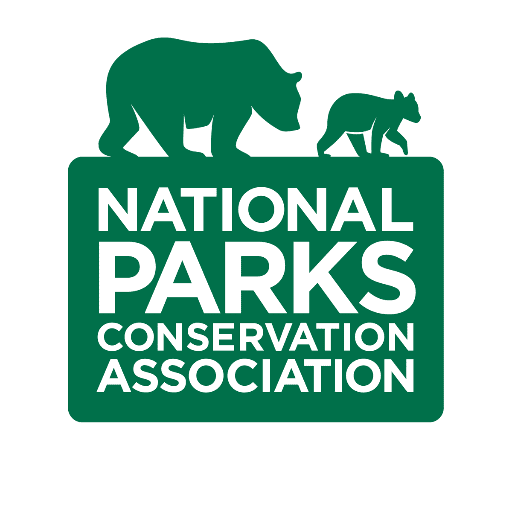Summary
Founded in 1919, the National Parks Conservation Association (NPCA) has been the independent, non-partisan voice working to strengthen and protect America’s favorite places for over 100 years. With 1.3 million members and supporters, the NPCA functions as the voice of America’s national parks, protecting and preserving America’s most iconic and inspirational places for present and future generations.
The NPCA embarked on a digital transformation journey in adopting a cloud-first strategy with a roll out of Office 365, Microsoft Teams and the Power Platform. As they began looking for modern solutions that could automate and streamline many of their processes, the NPCA turned to Technovert for help.
Challenge
In the business of protecting and conserving natural parks, with a team comprised of members and supporters, productivity and efficiency are key. Without a clear understanding of the employees and members’ utilization and accountability, it can be difficult to foster collaboration and maintain productivity. Such was the case for the NPCA. Looking to implement more efficient processes for leave and activity reporting, and the on-boarding of a new workforce, the NPCA engaged with Technovert’s team of SharePoint specialists to adopt and implement digital work management solutions.
Strategy
The NPCA, in deep partnership with Technovert, understood the bottlenecks and loss of productive hours that were caused by inefficient processes for filing leave and activity information, and on-boarding new staff.
Tracking, approval, and reporting was crucial for the NPCA Accounting team to process paychecks and to access their utilization and manpower budget. The teams found their ideal solution was to utilize Microsoft PowerApps and Office 365.
Using Microsoft PowerApps, the team created an app to track and report leave and other activities. This made it possible to file leave as well as work reports while assisting employees with filing, tracking, and updating their valuable efforts from any device or form factor.
The app was built using Common Data Service (CDS) as the main data source with additional connections to SharePoint Online and Microsoft Flow. Through these connections, reporting managers and the finance team can review submitted proofs from SharePoint, take action, and trigger workflows with Microsoft Flow that update the app, making the process efficient, error-free and secure.
The business application uses multiple entities within the Common Data Store and a canvas driven approach for process automation. Information is pulled from various internal databases and excel files and displayed on a single screen. Once the users view or update records, the information is also synchronized with SharePoint Lists for redundancy. Users create work and leave reports, submit documents, and input their data in a single location, where approvers and reporting managers can access and process it on time.
When submitting new work reports, the user information and reporting structure can be queried from Microsoft Graph, allowing the users’ key information to be viewed and stored without manual entry. These types of usability features improve the user and customer experience, save valuable time and effort, and increase accuracy and recollection. An additional dashboard for claim managers and finance teams gives the functionality and capabilities they need to effectively manage expense claims.
With the ParkPoint 2.0 Portal and Apps our employees and members have access to right information and file work reports on time boosting overall productivity and accountability.
Ramadji Domunande (Sr. Director, IT Operations and Security, The National Parks Conservation Association)
Results
Using the new application, employees of the NPCA can now easily file their leave, activity reports, and other internal claims, which reporting managers can review and approve. The finance team can get access to all submitted proofs in one common store secured with necessary privileges. By managing all this information centrally within Office 365 and having common processes for tracking claims, the process is easier, more efficient and ensures a deeper level of accuracy throughout the organization.

